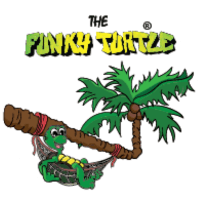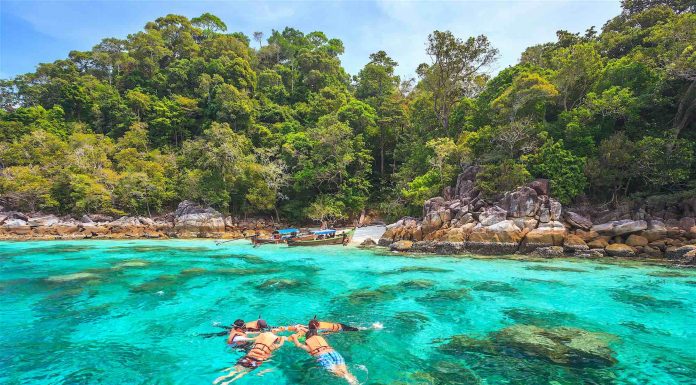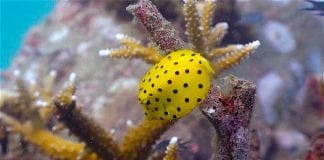Marine Conservation on Koh Tao
As one of the world’s most popular tourist destinations for scuba divers and snorkelers, its imperative Koh Tao has systems in place to help preserve and conserve the delicate marine ecosystems in its coastal waters.
The pristine sea around the island itself has over 8kms of Coral reef and there are many marine conservation initiatives in place to help protect and maintain this diverse living organism.
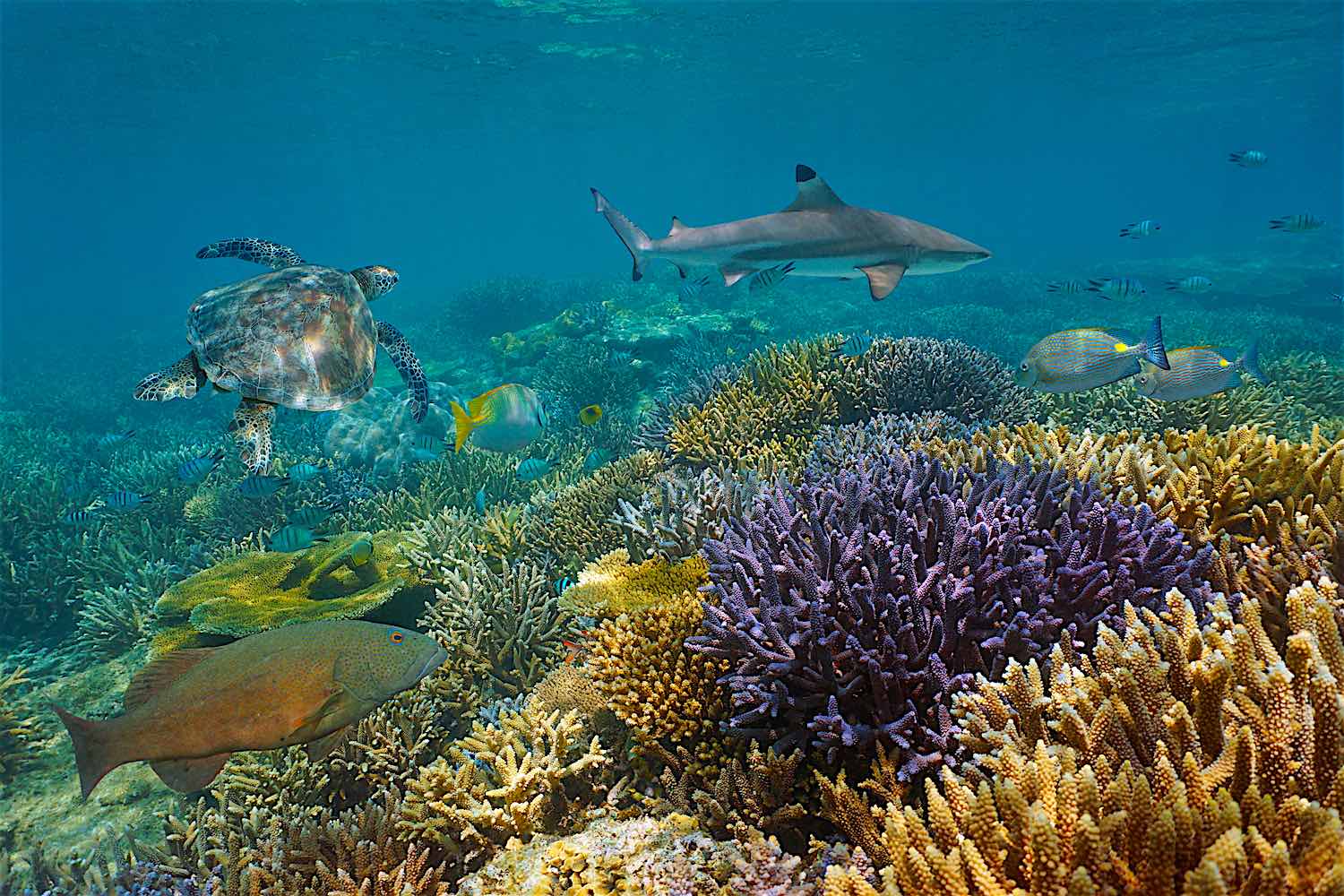
Volunteer Teams
Large numbers of tourists, climate change, water temperature and changing weather systems all impact the condition of the Coral and the effects of these are monitored by voluntary organisations and individuals on the island.
With so many active marine conservation projects in place on Koh Tao, it is a great training location for individuals who wish to understand and learn more about the cause and effect of events, whilst monitoring initiatives.
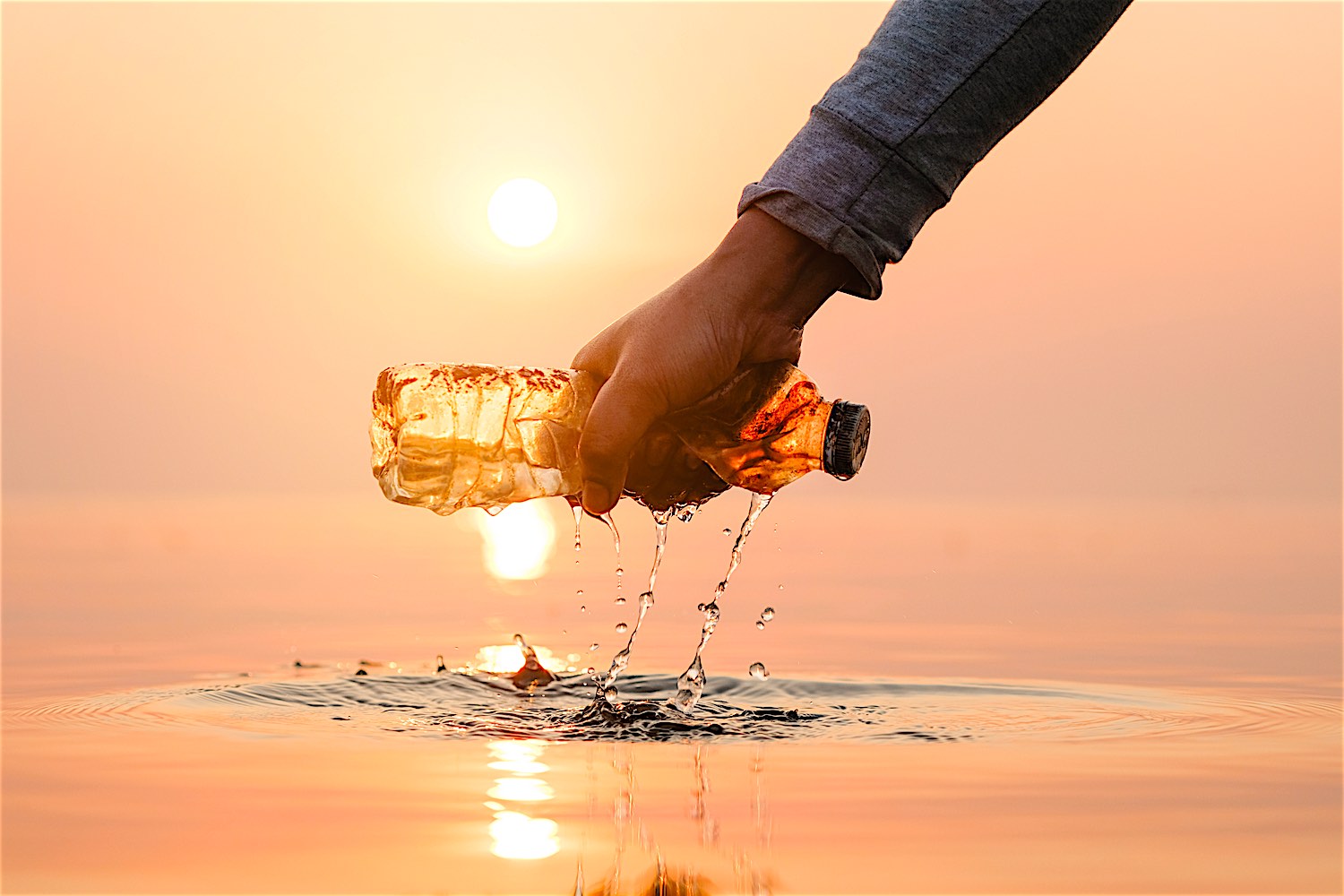
Koh Tao Marine Conservation and Tourists
As Koh Tao is such a popular tourist destination with huge numbers of people in the water each day, careful management and monitoring of marine conservation efforts needs to be maintained.
Koh Tao has locally set up voluntary organisations that conduct courses in marine resource management, environmental and regeneration initiatives, together with managing and monitoring sustainability and impact assessment data.
If marine conservation and making a difference is on your wish list (as it should be), then Koh Tao is a great place to visit, contribute and help out.
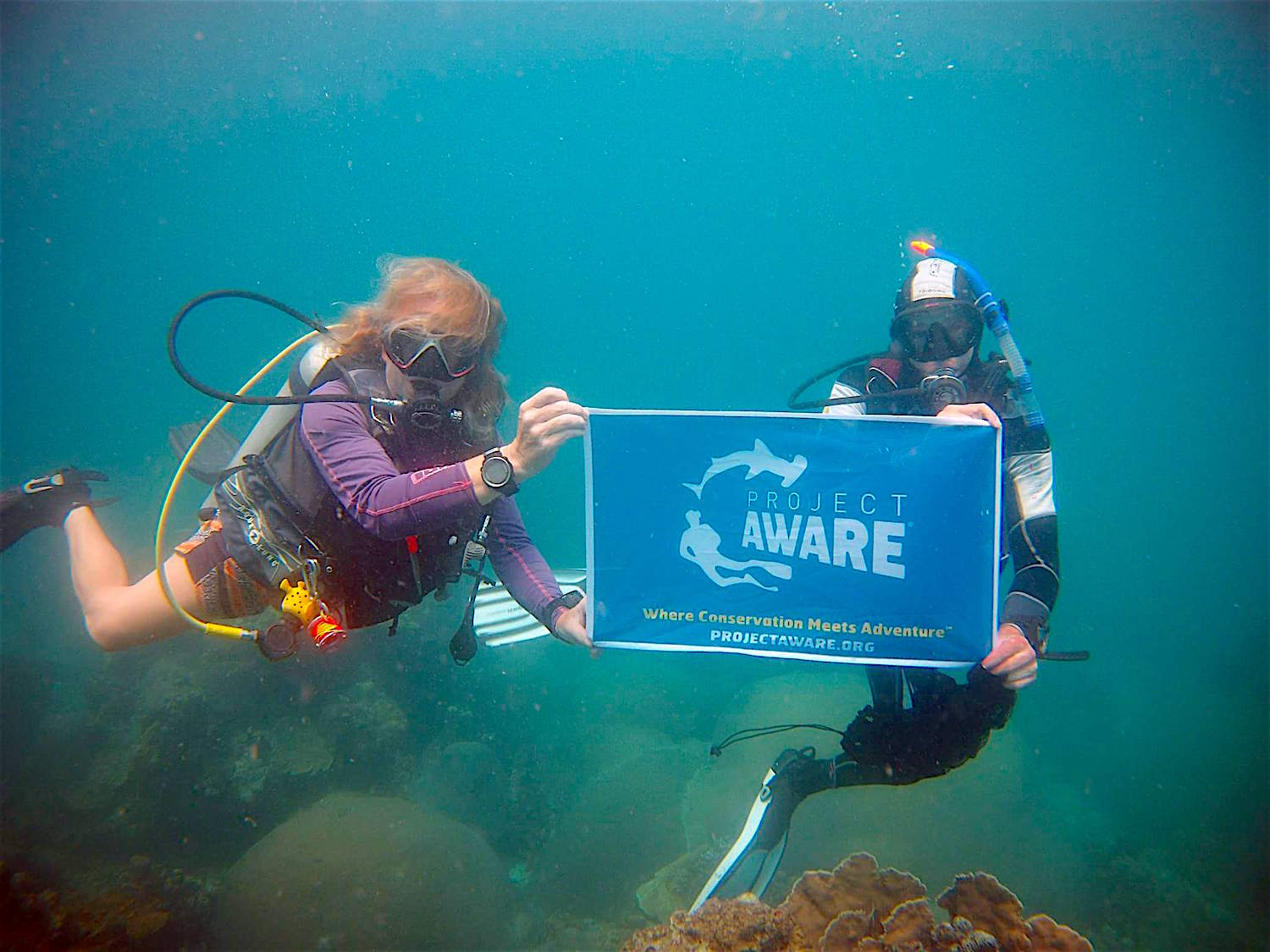
The Facts about Marine Conservation
Marine conservation is about the protection and preservation of the ecosystems in our seas and oceans and is considered to be one of the biggest scientific issues in the world.
The oceans are the largest ecosystem on the planet and the survival of all living things is dependent, either directly or indirectly, on the oceans being healthy.
Healthy oceans are part of a life support system that is essential to life on Earth.
Ocean Support System
The oceans are responsible for generating half of the oxygen we breathe, contain over 97% of the Earth’s water, produce 1/6 of the animal protein we eat and help to reduce the impact of climate change by absorbing CO2.
Marine conservation efforts began in 1960’s and 1970’s when people became more aware of the damage humans were causing to marine ecosystems.
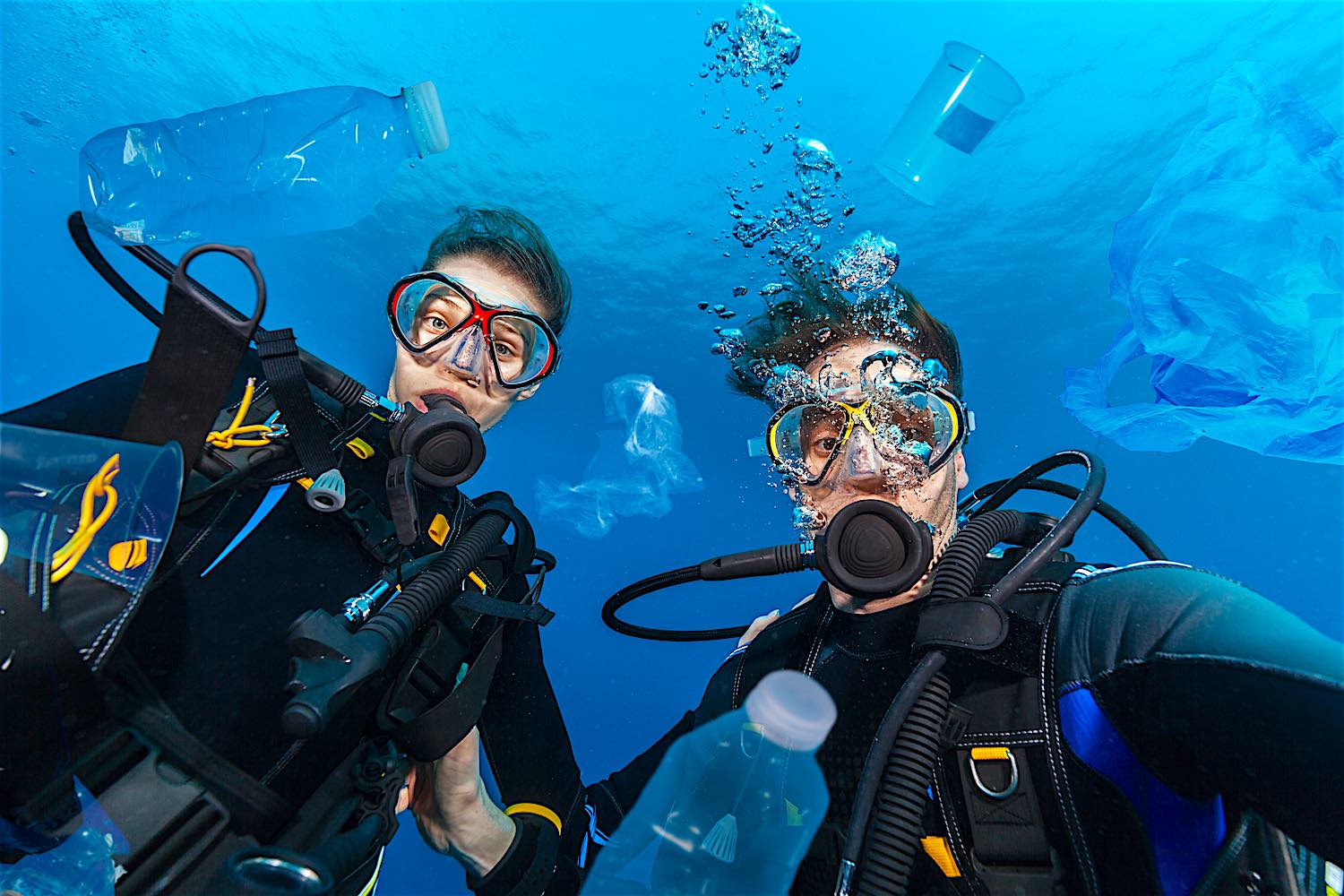
Marine Conservation and Scuba Diving
Scuba diving technology was improving, leading to more people experiencing the underwater world and seeing the degradation of habitats.
Additional items, such as the recording of whale songs, also began to change people’s perception of marine life and led to these animals being seen as sentient beings who have as much right to be on Earth as humanity.
The focus of marine conservation is to limit the damage humans cause to ecosystems, as well as working to restore those ecosystems that have already been damaged and preserve vulnerable species.
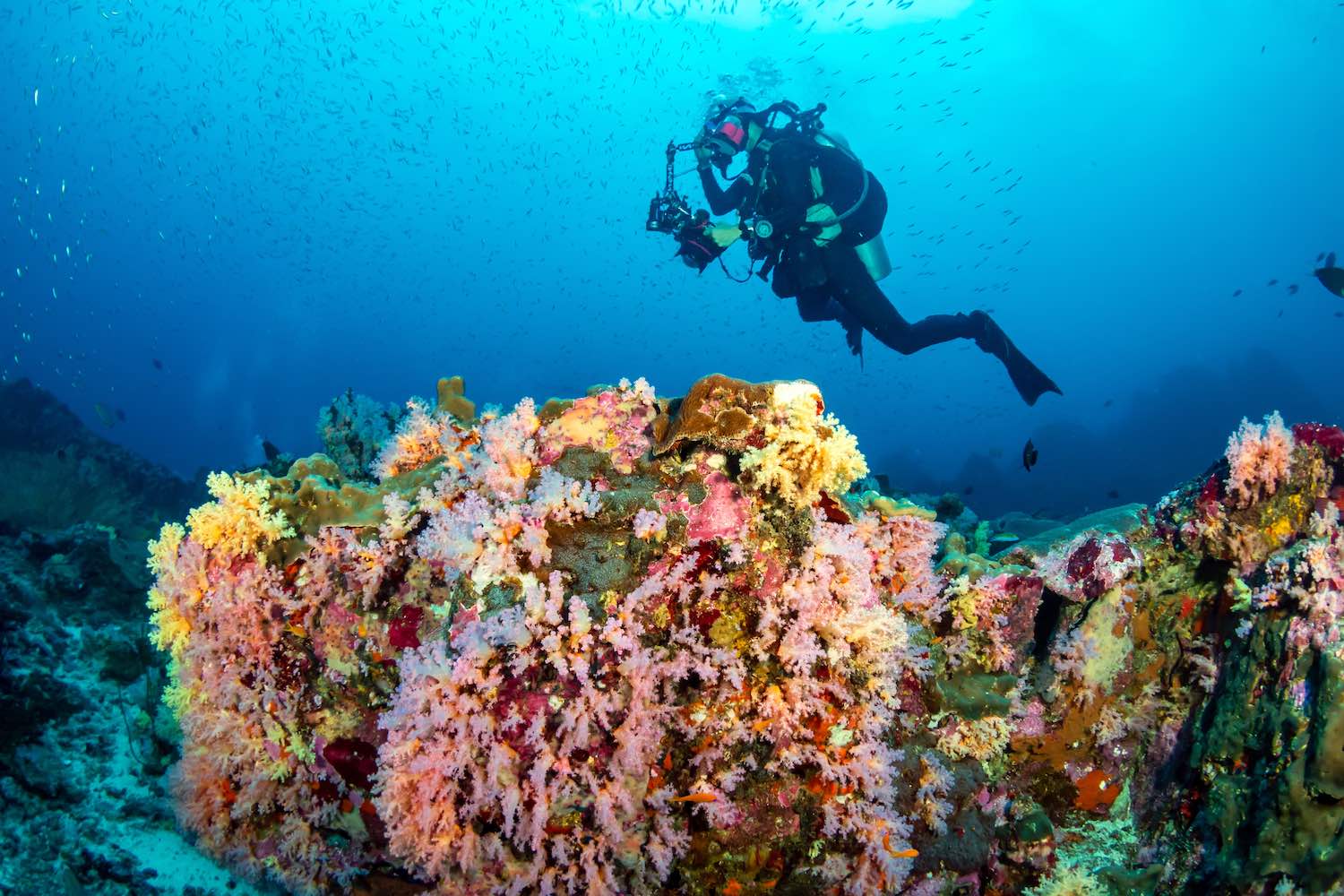
Marine Conservation and Coral Reefs
One of the key areas where this can be seen is within coral reefs.
Coral reefs play a huge role in the survival of marine ecosystems as they are a hotbed of biodiversity.
They are a key provider of food, protection and shelter for many marine species as well as being an essential food source for humans.
Coral Reef’s are an important marine location for ecotourism (an economic benefit) and potentially, for providing a source of compounds for new pharmaceutical products.
Sadly, many coral reefs are becoming increasingly degraded due to the impact humans are having on the oceans.
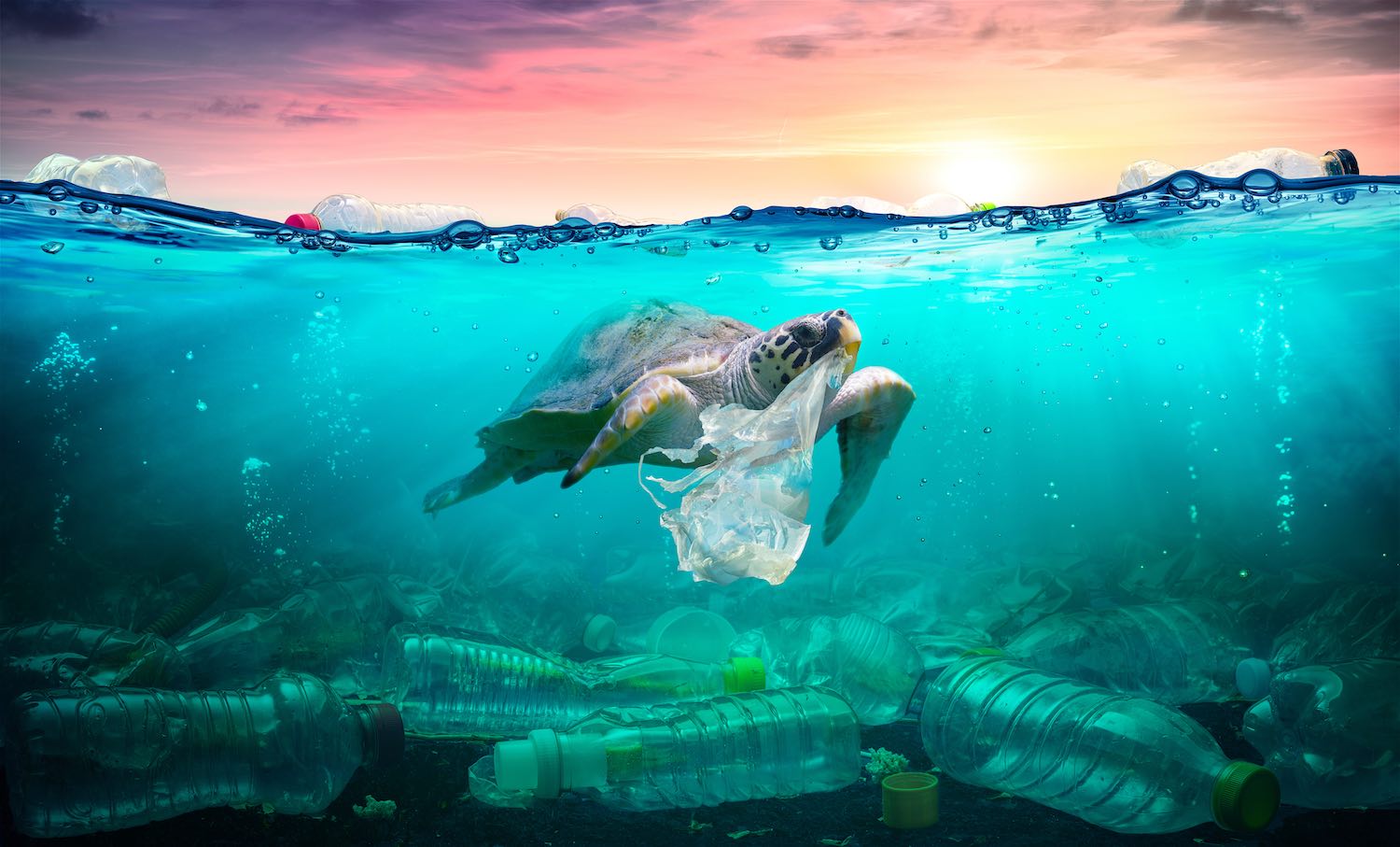
Marine Conservation and Destructive Practices
These impacts are caused by overfishing and destructive fishing practices, sedimentation, pollution from on-shore activities and increased carbon levels in the ocean, which leads to coral bleaching and more acidic waters.
All of these effects mean there are no longer any pristine coral reefs anywhere in the world.
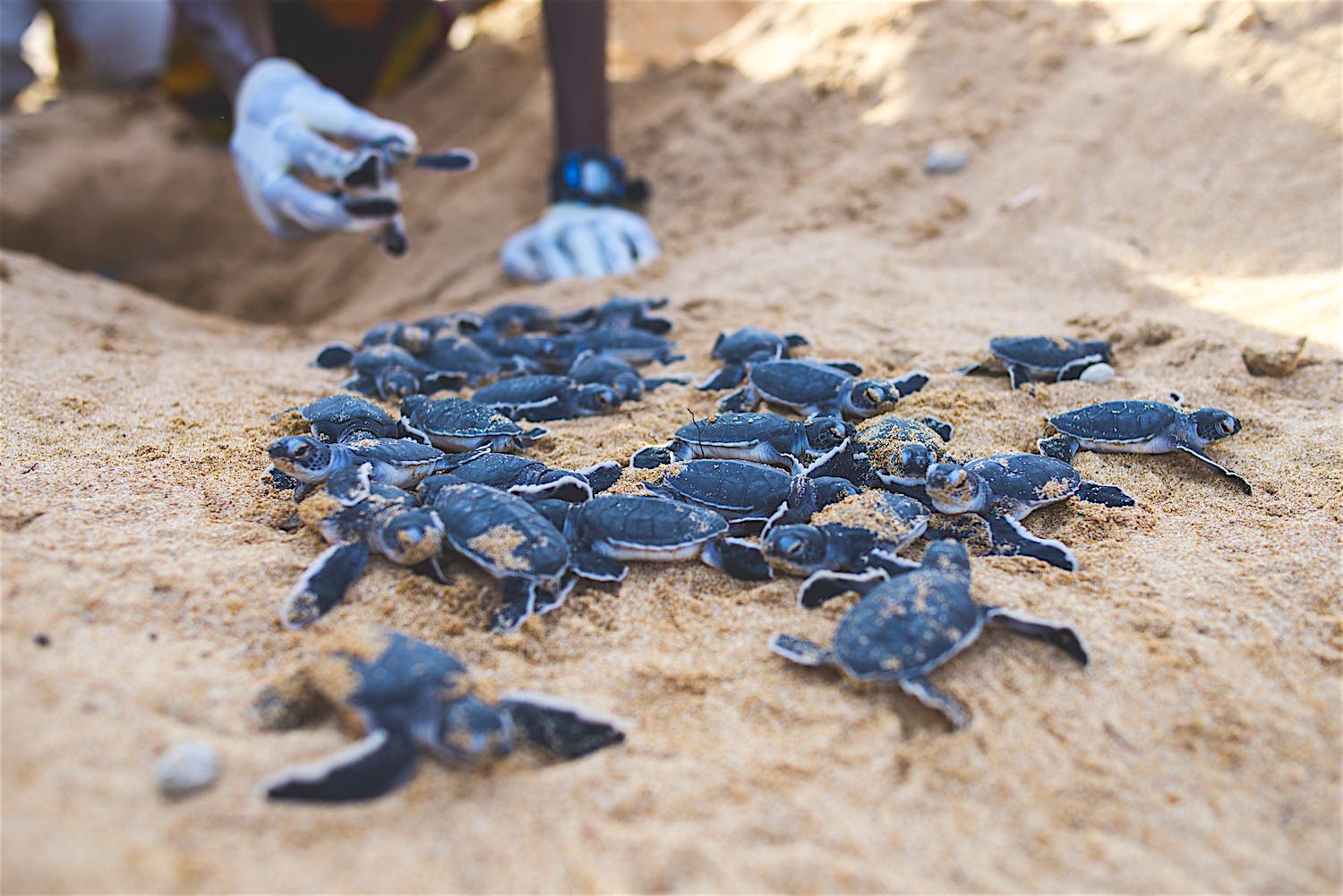
Coral Reefs Under Threat
In Southeast Asia alone, up to 88% of coral reefs are considered to be under threat, with 50% already listed as being at high or very high risk of disappearing.
Degradation of these reefs directly impacts any biodiversity which relies on the reef for its survival.
The loss of reefs and the marine life associated with them, has a huge impact on island nations, such as the Philippines and Indonesia.
Many people within these countries are dependent on the reef ecosystems to both feed their families and make a living.
The reduced number of fish available has led to them implementing destructive fishing practices, such as the use of cyanide or dynamite.
The catch-22 is that these practices are causing further damage to the reef ecosystems, making it harder still to catch the quotas of fish they need.
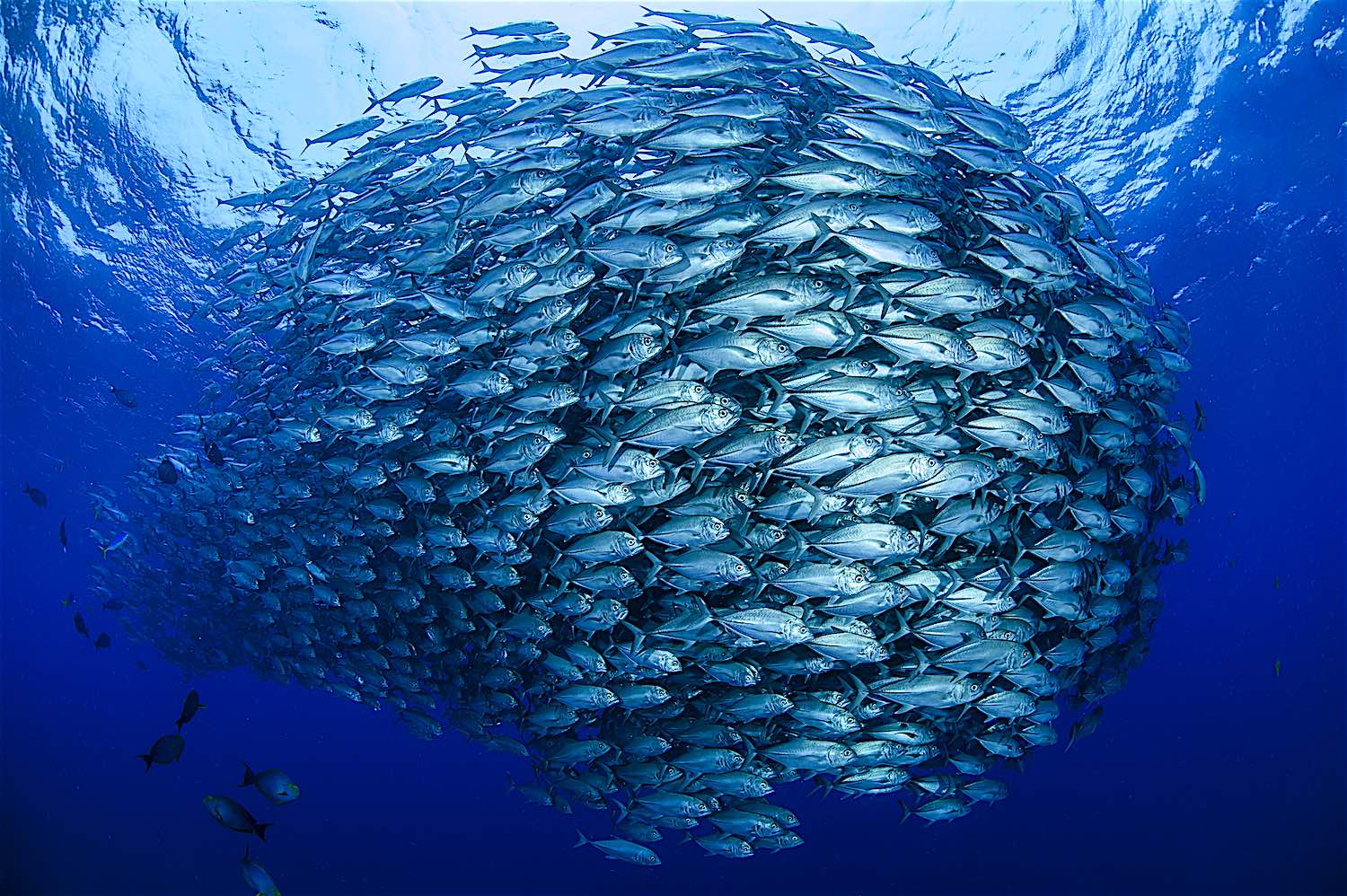
Successful Marine Conservation Strategies
In order for marine conservation to be successful, the strategies and techniques used, have to combine a number of scientific principles.
These range from marine biology, oceanography and fisheries science, to human factors including demand for resources and marine law, economics and policy.
Marine Protected Areas
Examples of these strategies can be seen with controlled marine protected areas (MPA’s), which limits the impact of human activity.
Other examples include development of sustainable fisheries, the implementation of fishing quotas and the restoration of endangered species through artificial means.
These along with education of both the local communities and tourists on the correct way to treat marine habitats, help to prevent further damage from occurring.
